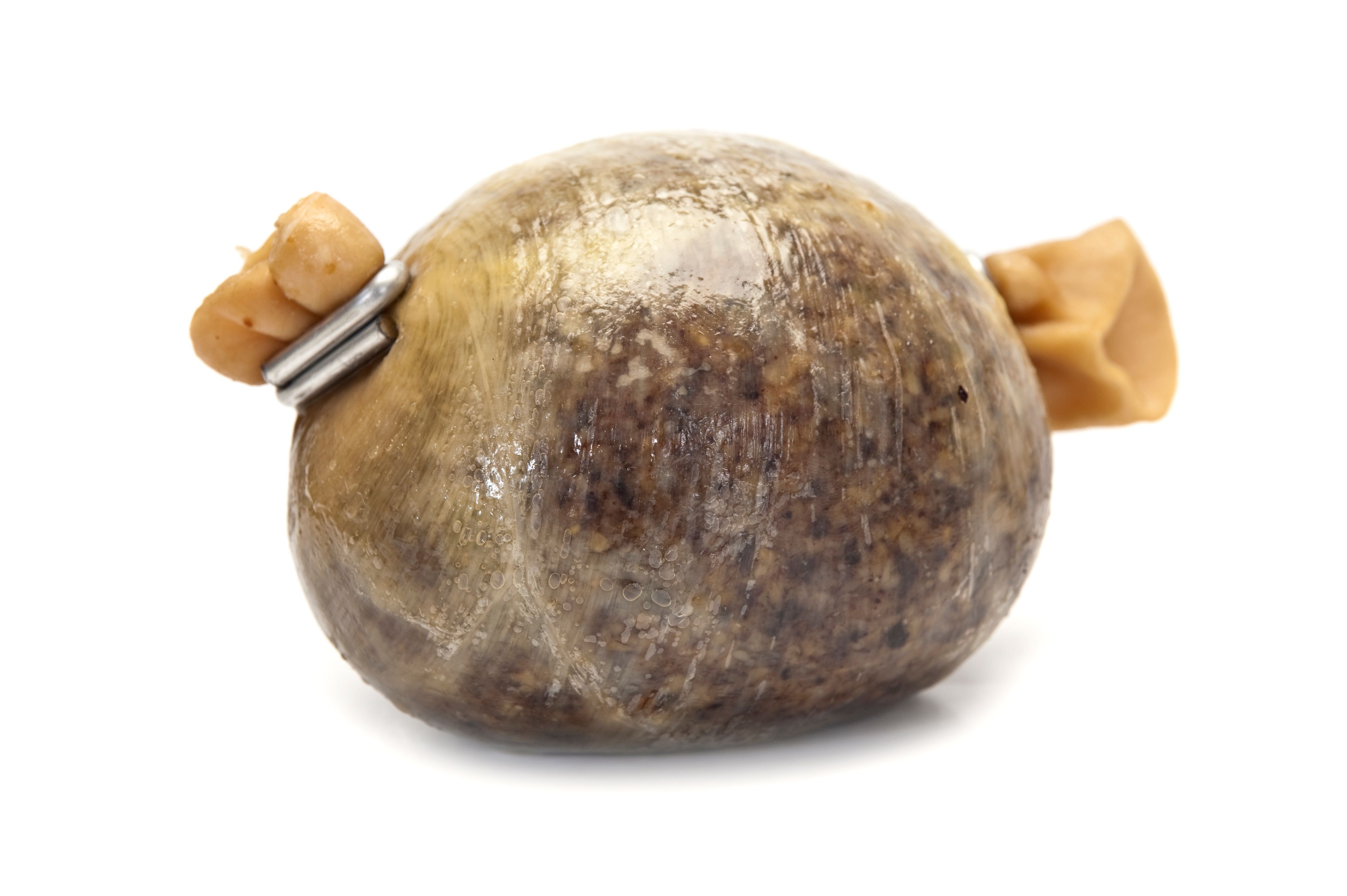Exploring Scottish Haggis: A Traditional Delicacy
The Origins of Haggis
Haggis is a quintessentially Scottish delicacy, steeped in tradition and folklore. This iconic dish has been a symbol of Scottish culture for centuries, often celebrated during special occasions such as Burns Night, named after Scotland's national poet, Robert Burns. Its origins are somewhat shrouded in mystery, but it's believed that haggis was a practical solution for preserving meat and utilizing every part of the animal, a practice common among many cultures.
The first written recipes for haggis date back to the 15th century. However, it's likely that the dish was enjoyed long before that. Some historians suggest that haggis-like dishes were brought to Scotland by the Romans, while others believe it has roots in ancient Norse cuisine. Regardless of its beginnings, haggis has become a beloved symbol of Scottish identity.

Ingredients and Preparation
Haggis is traditionally made from sheep's pluck (heart, liver, and lungs), minced with onion, oatmeal, suet, spices, and salt, mixed with stock. This mixture is then encased in the animal's stomach and simmered for several hours. While this may sound unconventional to some, the result is a savory dish with a rich, earthy flavor.
Modern variants of haggis often use artificial casings and may include additional ingredients like beef or pork for added flavor. Despite these variations, the core components remain largely unchanged. The dish is typically served with "neeps and tatties," which are mashed turnips and potatoes, providing a comforting balance to the robust flavors of the haggis.

Haggis and Cultural Significance
Haggis holds a special place in Scottish culture and is often associated with national pride. Robert Burns famously penned "Address to a Haggis," a poem celebrating the dish as a symbol of Scottish heritage. During Burns Night celebrations on January 25th, Scots gather to enjoy haggis and recite Burns' poetry in honor of their beloved bard.
The dish also plays a role in Scottish mythology and folklore. Some legends suggest that haggis was originally a food of the fairies or that it was used to ward off evil spirits. While these tales add an air of mystery to the dish, they also underscore its deep cultural roots.

Modern Takes on Traditional Haggis
While haggis is deeply rooted in tradition, contemporary chefs have found creative ways to reinvent the dish. From haggis-stuffed chicken breasts to haggis burgers and even haggis pakoras, innovative takes on this classic have brought it into modern culinary conversations. These adaptations make haggis more accessible to those who might be hesitant to try the traditional version.
Vegetarian and vegan versions of haggis have also gained popularity. These alternatives often use lentils, beans, nuts, and vegetables to replicate the texture and flavor profile of traditional haggis. This allows those with dietary restrictions to partake in this cultural experience.
How to Enjoy Haggis
For those looking to try haggis for the first time, there are several ways to enjoy it. Many restaurants in Scotland offer traditional servings with neeps and tatties, providing an authentic experience. Additionally, haggis can be found in various forms at supermarkets across Scotland and even internationally.
- Bake It: Haggis can be baked in pastry for a delicious pie.
- Fry It: Try deep-frying haggis balls for a crispy treat.
- Pair It: Enjoy with whisky for a true Scottish experience.
The Global Appeal of Haggis
Despite its distinct Scottish roots, haggis has garnered attention worldwide. Food enthusiasts are drawn to its unique flavor and historical significance. Many international festivals celebrate Scottish culture by featuring haggis as a staple dish, allowing people from various backgrounds to appreciate this traditional delicacy.
The export of haggis has also increased over the years. While certain restrictions exist, particularly in the United States due to food safety regulations concerning sheep lung consumption, producers have found ways to make haggis more globally available by modifying recipes to meet international standards.

Conclusion
Exploring the world of haggis offers a glimpse into Scotland's rich culinary history and cultural heritage. Whether enjoyed in its traditional form or through modern adaptations, haggis remains a beloved part of Scottish identity. It stands as a testament to the creativity and resourcefulness of past generations, who turned simple ingredients into a dish worthy of celebration.
